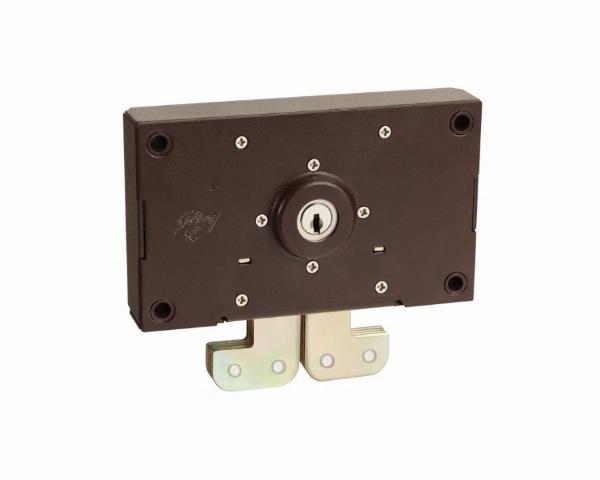RFID Library Software: Revolutionizing Library Management

Strong 8k brings an ultra-HD IPTV experience to your living room and your pocket.
In today's fast-paced digital world, libraries must evolve to meet the needs of their users. One of the most significant technological advancements in library management is the implementation of RFID library software. This innovative system not only streamlines operations but also enhances the overall user experience. In this article, we will explore what RFID library software is, its key benefits, and why it is becoming an essential tool for modern libraries.
What is RFID Library Software?
RFID library software is a system that uses radio frequency technology to automate and manage various library tasks. It involves embedding RFID tags into library items such as books, DVDs, and journals, which can be scanned and tracked using RFID readers. The software integrates with the library’s existing library management system to provide a seamless experience in managing inventory, checking items in and out, and ensuring proper security.
Unlike traditional barcode systems, RFID technology allows for multiple items to be scanned simultaneously without needing a direct line of sight. This speeds up operations and minimizes human error.
Key Features of RFID Library Software
Automated Check-In/Check-Out System
One of the core features of RFID library software is its ability to automate the circulation process. Users can check out or return multiple items simultaneously by placing them on an RFID reader. This reduces the time spent in queues and allows library staff to focus on more value-added tasks.
Enhanced Inventory Management
Managing a vast collection of books and other materials can be daunting for any library. RFID tags simplify this by providing real-time tracking of items. The software allows librarians to quickly scan shelves, locate misplaced items, and keep an accurate count of inventory. This leads to fewer lost or misfiled items.
Improved Security
RFID technology enhances library security by integrating anti-theft features. The software can be programmed to trigger alarms if items are removed from the premises without proper checkout. This added layer of security helps reduce loss and theft, making RFID a valuable asset for libraries.
Self-Service Kiosks
Many modern libraries are opting for self-service kiosks, which allow patrons to check out and return items independently. RFID library software powers these kiosks, offering a more convenient experience for users while reducing the need for staff intervention.
Detailed Reports and Analytics
With RFID-based systems, libraries can generate detailed reports on circulation, usage patterns, and inventory. These insights help library management make data-driven decisions on acquisitions, weeding out old collections, and improving services.
Benefits of RFID Library Software
1. Time Efficiency
RFID technology significantly speeds up the process of managing library resources. Tasks such as checking in and checking out items, inventory scanning, and stocktaking can be completed in a fraction of the time compared to traditional methods.
2. Reduced Human Error
With the ability to scan multiple items at once, RFID library software minimizes the likelihood of manual errors during check-in, check-out, or inventory management. This accuracy leads to better resource availability for users.
3. Better User Experience
Self-service kiosks and faster processing times mean that users can borrow and return items without waiting in long lines. Additionally, the ability to locate items more quickly enhances the overall user experience.
4. Cost Savings
While the initial investment in RFID library software and hardware may seem substantial, it results in long-term cost savings. Automated processes reduce labor costs, and improved inventory management minimizes the need for replacing lost or stolen items.
5. Scalability
As libraries grow and their collections expand, RFID software can scale to meet increasing demands. Whether you're managing a small local library or a large academic institution, the system can adapt to the size and complexity of the library.
Why RFID Library Software is the Future
The integration of RFID library software marks a significant step forward in library technology. With its ability to automate repetitive tasks, reduce human error, and improve security, this system offers a holistic solution to the challenges faced by modern libraries.
As technology continues to evolve, RFID will likely become a standard feature in most libraries. Its versatility, scalability, and cost-saving benefits make it a wise investment for libraries of all sizes.
Conclusion
In an era where efficiency and user satisfaction are paramount, RFID library software is transforming the way libraries operate. From automating check-ins and check-outs to enhancing inventory control and security, RFID is setting a new standard in library software. Libraries that adopt this technology stand to benefit from improved operations, happier users, and long-term savings. Whether you manage a small community library or a large institution, RFID technology is a game-changer worth considering.
Note: IndiBlogHub features both user-submitted and editorial content. We do not verify third-party contributions. Read our Disclaimer and Privacy Policyfor details.







